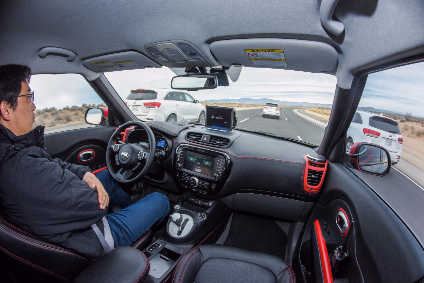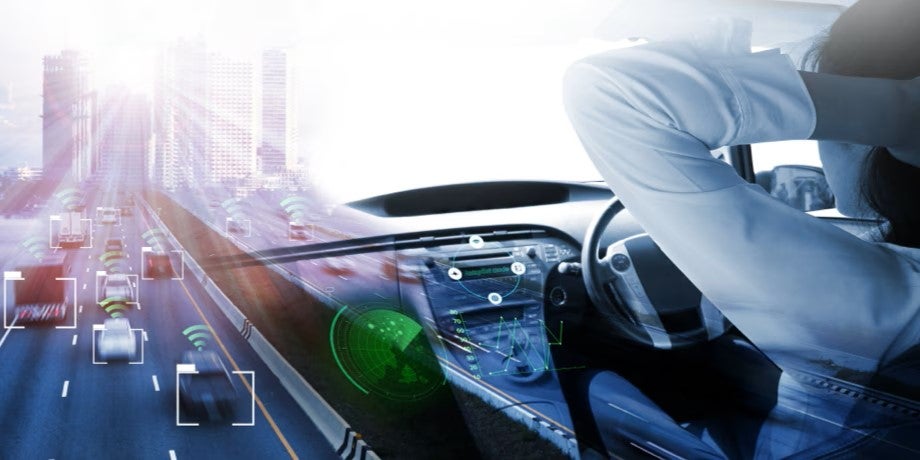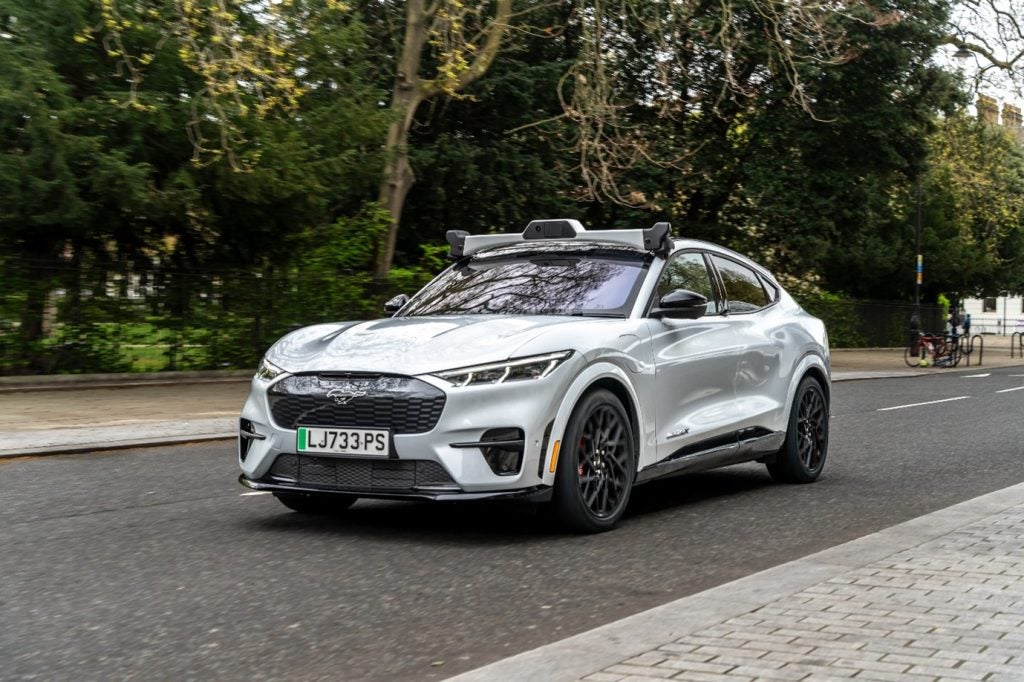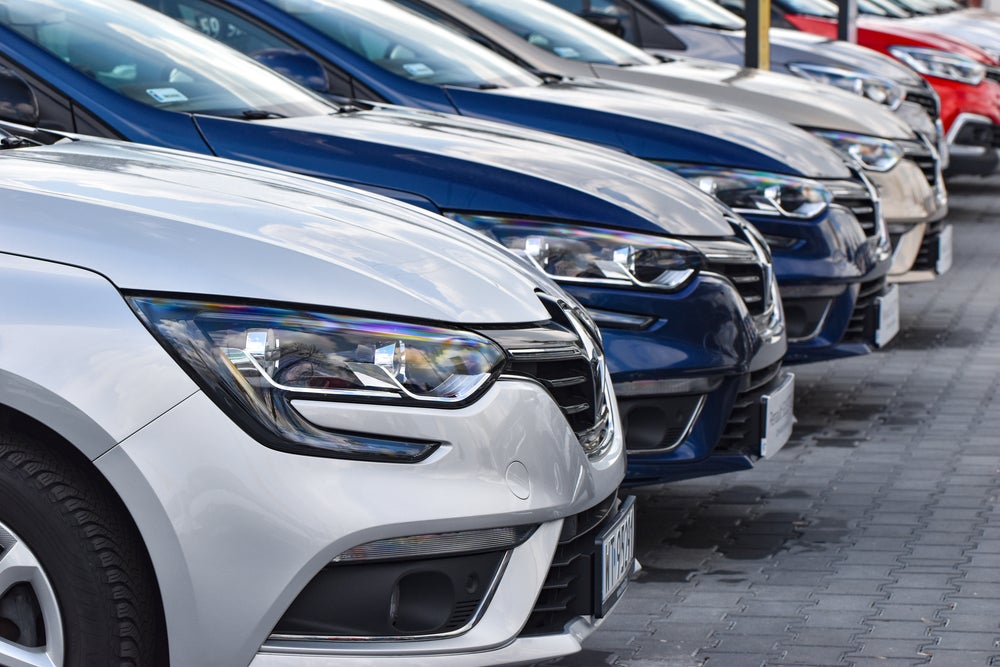
While driverless cars are being pushed to the public as desirable, are they really? Many of us like driving cars, most of the time. Albert Biermann, head of Vehicle Test and High Performance Development for Hyundai and Kia Motors told just-auto that there will always be a need for fun to drive cars.
The Society of Automotive Engineers (SAE) defines six levels of driving automation, spanning from 'no automation' (you do all the work, level zero) to 'full automation' (sit back and be driven, level 5). These levels as defined by the SAE are also referred to as key stages towards automated driving, namely feet-off (L1), hands-off (L2), eyes-off (L3), and brain-off (L4).
A number of carmakers, including Hyundai and Kia are pushing back the technical boundaries of autonomous driving. Earlier this week, the South Korean government partially opened a test bed road for self-driving cars that will enable carmakers to run trials on their cars in a real road environment. The US$9.77 million test facility located in Hwaseong, southwest Seoul, known as K-City, is scheduled to fully open in late 2018. It will include narrow streets (compete with potholes) for self-driving cars to navigate, as well as four lane motorways, bus-only lanes, pedestrian crossings, toll gates and tunnels. The Korean Ministry of Land, Infrastructure and Transport told the Korea Herald that it completed the construction of the highway section first to help support the commercialisation of L3 autonomous cars by 2020. And Kia's domestic competitor, SsangYong revealed this week that it has received permission for L3 temporary driving of autonomous vehicles from the same Ministry.
Speaking to just-auto during a press visit to Kia's operations in Seoul, Jaeyong Um, a senior R&D engineer with Hyundai Motor Group, confirmed Kia's involvement in K-City. "We are participating in this programme to test and prepare our vehicles for the automated environment. For the automated driving, we have also constructed our own infrastructure near our R&D centre where we are operating 50 vehicles to verify our systems," he remarked. Kia was the second (after Ford) to be granted a license to test self-driving cars in Nevada, albeit with a number of restrictions imposed.
Other autonomous vehicle driving 'mock city' sites worldwide include Waymo's 'Castle' in a California desert and a former aircraft plant in Ypsilanti, Michigan. Last month, the Hyundai Motor Group (HMG) entered into an alliance with Ford and Toyota to develop autonomous vehicles. HMG said it will invest some US$5 million to build a high-tech test bed on the outskirts of Detroit, Michigan, US.
While South Korean carmakers are competing hard against global carmakers in a race to put the first self-driving car on the road, IT newcomers are claiming a lead. Waymo, which began life as Google's self-driving car project, said earlier this week that it is launching Level 4 public road tests in Chandler, Arizona (which is part of the greater Phoenix metro area), of its autonomous Chrysler Pacifica minivans. The tests will involve no one sitting in the driver's seat ready to take back control should the need arise.
How well do you really know your competitors?
Access the most comprehensive Company Profiles on the market, powered by GlobalData. Save hours of research. Gain competitive edge.

Thank you!
Your download email will arrive shortly
Not ready to buy yet? Download a free sample
We are confident about the unique quality of our Company Profiles. However, we want you to make the most beneficial decision for your business, so we offer a free sample that you can download by submitting the below form
By GlobalDataYet before Kia's fully autonomous car hits the road, the carmaker believes that its 'Drive Wise' technology (a phrase it uses to describe advanced driver assistance systems or ADAS) will improve safety for all road users. This portfolio of technologies includes active cruise control and automatic emergency braking systems.
At the most recent Geneva motor show, Kia unveiled no fewer than four new models, all of which featured its Drive Wise technologies. These include the Kia Stinger fastback sports sedan, Picanto city car, Niro Plug-in Hybrid crossover and Optima Sportswagon Plug-in Hybrid. The A-segment Picanto is the first car in its class to offer Autonomous Emergency Braking.
Kia is aiming for 2030 to put a self-driving car on the road. In the meantime, visitors to Hyundai's stand at the Seoul motor show last March were treated to a driverless journey via immersive virtual reality (VR) simulators. A virtual trip in an autonomous Ioniq aimed to demonstrate the advanced piloting capabilities of the carmaker's latest technology, enabling the car to navigate without driver input. Over on Kia's booth was a VR theatre demonstrating its Drive Wise driver assistance system.
The autonomous car will inevitably change the look and feel of the Kia cockpit. "The advent of autonomous cars is a very interesting time for us designers," Gregory Guillaume, Kia Motors' chief designer for Europe told just-auto. "The way we use the car and interact with it changes profoundly, and with it, novel design solutions and interior architecture will evolve. … While autonomous driving certainly will provide a lot of comfort in congested cities and motorways, the reasons that make individual car ownership and driving today so appealing to many buyers will not disappear. I believe that only the designs that will still stir emotions and, at the same time, offer the best usability will prevail. Perhaps we will see a separation into 'driver cars' and more 'passive' vehicles that focus on seamless travelling from A to B, but regardless of how it will look like, the interior of an autonomous Kia always needs to stimulate the senses and stir, create emotions."
During our recent press trip, we caught up with Albert Biermann, head of Vehicle Test and High Performance Development for Kia Motors. He was appointed at Kia in late 2014 as part of a drive to develop Hyundai and Kia vehicles that lead their segments for rewarding driving dynamics. Biermann's last role was as vice president engineering at BMW M Automobiles, responsible for dynamics of acclaimed road and race cars. In explaining the company's approach to developing autonomous cars, he remarked: "We have established ADAS testing in my division. That is the fastest growing area in my division. So this is where we are focusing a lot. We already have a global network for an ADAS testing period but this needs to be expanded. This is one of the areas where we definitely have to intensify our efforts. For me, this is just a smooth transition. Because at some point you will call it automatic driving."
"The fun to drive car will never die," added Biermann. Autonomous cars can run happily alongside fun-to-drive cars, he reckons. "I mean there might be areas in the city where humans driving might be forbidden or something because it's too dangerous and the machine takes over in some areas for safety. But this will only be in very limited areas."







